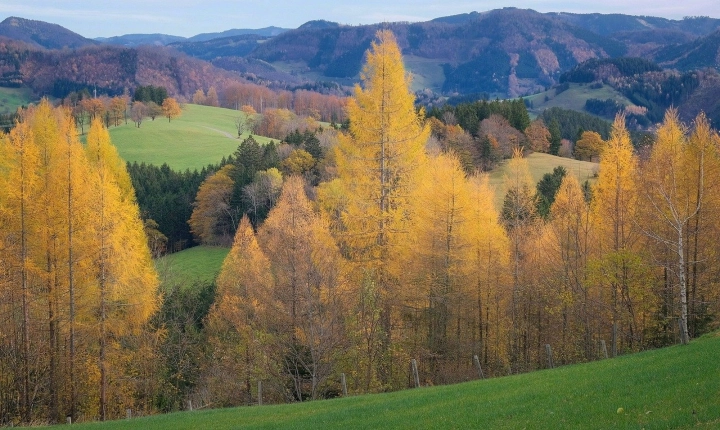Title: Unleashing Your Creativity: How to Create with AI
In today’s digital age, artificial intelligence (AI) has become an indispensable tool for enhancing creativity and innovation. From generating artwork and music to aiding in design and writing, AI has opened up new possibilities for creators to express themselves in unprecedented ways. Whether you’re a painter, musician, writer, or designer, integrating AI into your creative process can lead to exciting outcomes. In this article, we’ll explore how you can harness the power of AI to fuel your creativity and produce captivating works of art.
1. Embrace AI as a Collaborative Tool: Rather than viewing AI as a replacement for human creativity, consider it as a collaborator that can amplify and extend your artistic capabilities. For instance, platforms like Runway ML and DeepArt allow artists to combine their own artistic vision with AI algorithms to create stunning visuals and graphics. By incorporating AI into your creative workflow, you can explore new techniques and styles that might not have been achievable on your own.
2. Use AI for Idea Generation: AI can act as a source of inspiration by generating fresh ideas and concepts. For writers, tools like OpenAI’s GPT-3 can assist in brainstorming storylines and dialogue, while musicians can use AI to experiment with new melodies and harmonies. By utilizing AI for idea generation, you can break through creative blocks and explore innovative directions for your work.
3. Experiment with Generative Adversarial Networks (GANs): GANs are a type of AI model that can create realistic images, music, and text. Artists and designers can leverage GANs to generate novel visual concepts, textures, and patterns. By experimenting with GANs, creators can infuse their projects with captivating and unexpected elements, pushing the boundaries of traditional artistic methods.
4. Train AI Models to Reflect Your Style: Customizing AI models to align with your unique artistic style is another avenue to explore. By training AI algorithms on your existing work, you can develop tools that understand and emulate your aesthetic preferences. This approach enables you to use AI as a personalized assistant, helping you streamline repetitive tasks and focus on the core aspects of your creative process.
5. Collaborate with AI Artists: The intersection of AI and art has given rise to AI-generated art, showcasing the potential for machines to create compelling works independently. As a creator, you can explore collaborations with AI artists and showcase the synthesis of human and machine-generated art. This collaborative approach not only expands the scope of your creative network but also exemplifies the harmony between human intuition and AI capabilities.
It’s important to recognize that while AI can be a powerful tool for creativity, it is not a replacement for the human experience and perspective. As a creator, it’s essential to maintain control over the direction and intent of your work, using AI as an aid rather than a dominant force. By integrating AI into your creative process, you can unleash new levels of innovation and produce works that resonate with contemporary audiences.
In conclusion, the integration of AI into the creative process offers a myriad of opportunities for artists, writers, musicians, and designers to push the boundaries of their craft. By embracing AI as a collaborative partner, leveraging its ability to generate ideas, experimenting with GANs, customizing AI models, and exploring new forms of collaboration, creators can unlock a wealth of creative potential. As AI continues to evolve, its impact on the creative landscape will undoubtedly be profound, opening doors to uncharted artistic expressions and experiences.
